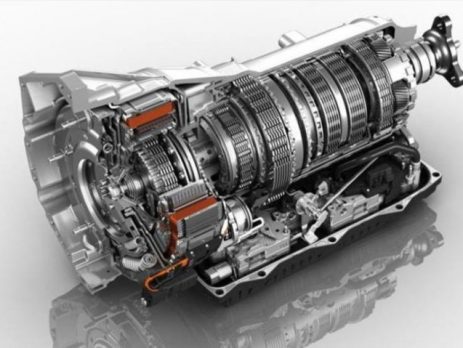Coupling Elements
One of the parts that come to mind when we talk about machine elements is clutches. We have devoted this publication to clutches, where clutches are used and types of clutches.
What is the grip?
: Clutches are machine elements that connect the shafts, mediating the transmission of force and motion in a tight, movable, flexible or resolvable manner to the shafts on the same axis.
Where clutches are used
The stopping of the other shaft at any time without stopping the motor shaft is achieved by means of coupling couplings. The clutches are used to stop and grasp the rear wheel movements in vehicles.
Where clutches are used clutch
Pedal control of a clutch clutch used in motor vehicles. This clutch is normally a clutch connected by spring force. The driver depresses the pedal. Here, hydraulic cylinders are used to reduce pedal force
To interrupt the flow of energy to the rotated, or change the rotational direction, in a suitable combination without stopping the rotator and changing the direction of rotation. Such systems are commonly referred to as lathe mechanisms.
A single rotating element (for example, a single diesel engine) to transmit movement to different parts of the system, cut if desired. (For example, movable, swivel tower bucket cranes)
It is important that the clutches work in a balanced way. In case of unstable operation, they break the shaft ends. They work inefficient.
Where the clutch is used
The figure above shows the use of the clutch in the manual transmission transmission system. Watch the video below for more detailed explanation.
Couplings may be available to the standard shaft diameters. Although the locations where the clutches are used vary, it would not be wrong to say that we can see the clutches wherever there is shaft-to-shaft motion transmission.
Properties of clutches
As a basic principle, there is no difference between releasable-connectable clutches and brakes. While clutches aim to bring two different parts to the same speed, it is desired to bring the rotating side to the speed of the non-rotating side. There are many similarities between many brakes and clutches
Classification of clutches
The classification of couplings can be done as follows:
Clutch types according to structure
Tight Couplings
Clutches
Sleeve Couplings
cup (coupling) coupling
Flanged coupling
Sellers clutch
Forehead clutch
Hydraulic arrow clutch
Moving Couplings
Expansion Couplings
Oldham grip
Snow clutch
Articulated coupling
Flexible couplings
Periflex coupling
Elastic bracelet clutch
Bibby clutch
Voith Mourer clutch
Free elastic spacer coupling
soluble couplings
Clamp coupling
Coupling with hydraulic coverslip
Friction clutch
Claw clutch
Pneumatic coverslip coupling
Pneumatic friction clutch
Hydrodynamic clutch
Automatic clutch
Electromagnetic clutch
Clutch types according to control type
Mechanical controlled clutches
Hydraulically operated clutches
Pneumatically operated couplings
Electromagnetic Couplings
Types of clutch
Clutches in general according to the structure and type of control can be varied separately.
Clutch types according to structure
1- Types of tight grip
They are insoluble clutches when transmitting movement from one shaft to another.
1- a Coupling with ring
coupling types
The outer parts are in the form of two conical half sleeves and the shafts are joined by bringing them end to end. To hold these two half-shells, rings are squeezed onto the outside of the shells to tighten the clutch. It is widely used because it is easy to attach and disassemble. It is preferred in humid places.
1-b Sleeve coupling:
sleeve coupling
Two shafts with wedge openings are brought end to end and sleeve is passed on. Nose wedges are fixed by nailing. Protective hair pieces are attached on both sides.
Clutch with 1-C cup (sleeve):
classification and types of couplings
In this type of clutch, also known as sleeve coupling made of two bowl-shaped parts, the shafts are brought to the ends and the sleeves are attached. Tightened with bolts and nuts. Round hair is passed around to avoid accidentally.
1- d Flanged couplings:
Coupling Types Flanged Coupling 3D
plate-shaped flanges with bolt holes around them, hot or hydraulic engagement are attached to the shaft ends. Two-piece rings are placed between the flanges for centering and tightening is done with bolts and nuts. Where sealing is important, gaskets are fitted between them.
1-e Sellers coupling:
types of clutches
In this kind of clutch, two conical bushings are pulled to three ends by pulling three long bolts in a cylinder. As the bolts pass through the sleeves and the cylinder, the coupling parts are prevented from rotating.
The taper in Sellers coupling is 1: 10 to 1:20.
1-f. Forehead clutch:
grip types forehead clutch technical


Bir cevap yazın